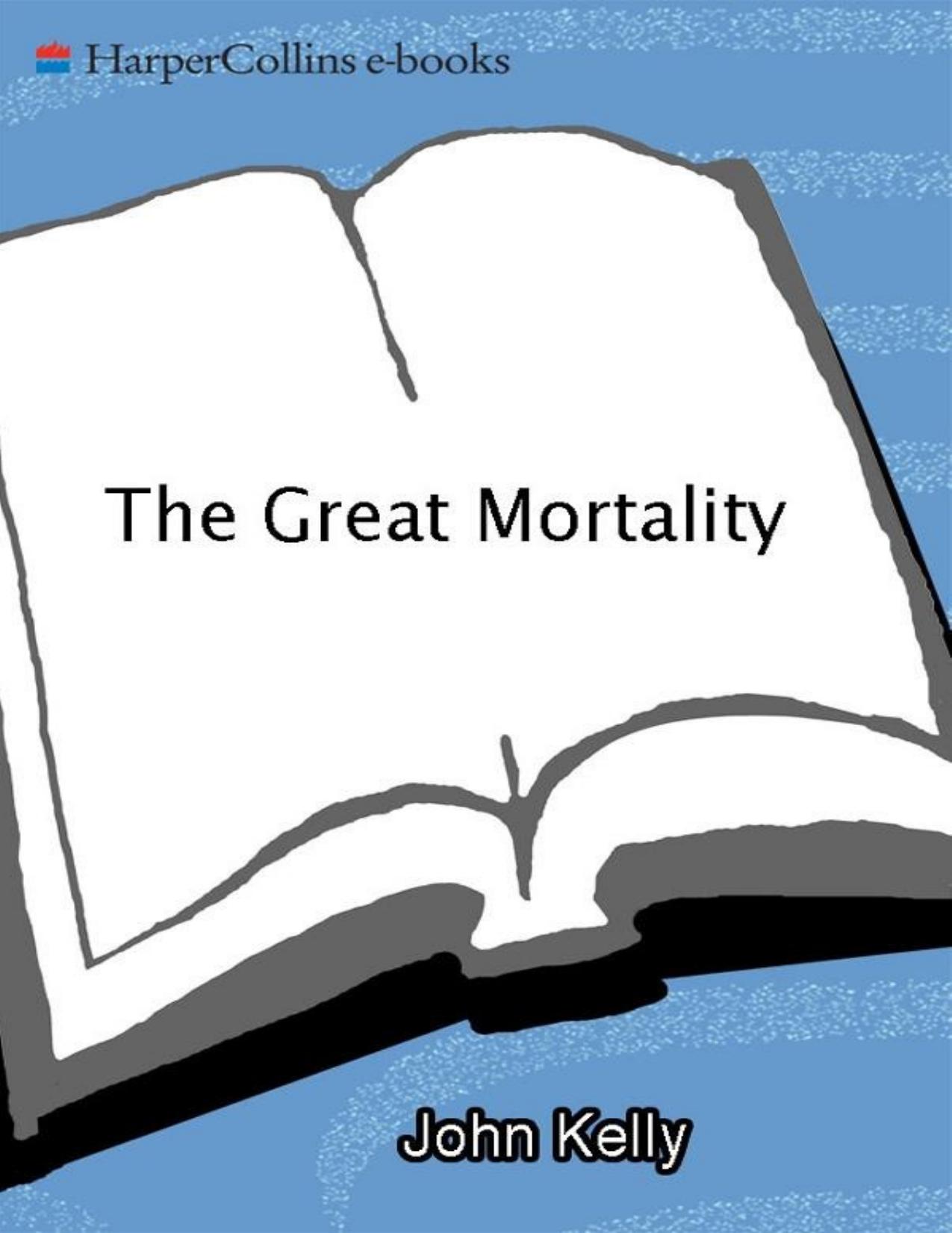The Great Mortality by John Kelly

Author:John Kelly
Language: eng
Format: mobi, epub, pdf
Publisher: HarperCollins US
Published: 2012-07-15T20:00:00+00:00
In Oxfordshire, the county to the east of Ralph’s diocese, the plague caused such devastation, the documents that survived have an end-of-the-world feel to them. In 1359 we hear that taxes can no longer be collected in the little hamlet of Tilgarsley because it has been deserted since 1350; in nearby Woodeaton manor, that after “the mortality of men . . . scarce two tenants remained . . . and they would have departed had not Brother Nicholas of Upton . . . made an agreement with them.” In Oxford, which lost three mayors to the plague, the few surviving documents include a petition from a university official and a death estimate. The official complains “that the university is ruined and enfeebled by the pestilence . . . so that its estate can hardly be maintained or protected.” The death estimate comes from a former chancellor, the fierce Richard Fitzralph, Bishop of Armagh. In 1357 the bishop wrote that there used to be “in ye University of Oxenford . . . thrilty thousand scolers [scholars] . . . and now [in 1357] there beth unneth [under] six thousand.” Since the town of Oxford itself, let alone the university, could not have held thirty thousand souls, the bishop was surely exaggerating. Nonetheless, what was true was that a great many people had died. The most trustworthy account of what happened in Oxford may come from an eighteenth-century scholar who says that when the plague arrived in the autumn of 1348, “those that had places and houses in the country retired [though overtaken there also] and those that were left behind were almost totally swept away. The school doors were shut, colleges and halls relinquished and none scarce left to keep possession or . . . to bury the dead.”
What such postmortems leave out are the details of daily life that autumn: the never-ending tattoo of rain on thatched roofs, the muffed thud of shovels in church graveyards, the lamentations of parentless children and childless parents, and, in the soggy fields beyond the little villages of southern England, the rotting carcasses of thousands of sheep and cows. Mass animal die-offs were common in the mortality, but, judging from contemporary accounts, in England they achieved a special intensity. “In the same year [as the pestilence],” wrote a chronicler, “there was a great sheep murrain [epidemic] throughout the realm, so much so that in one place five thousand sheep died in a single pasture, and the bodies were so corrupt that no animal or bird would touch them.”
The English animal die-offs seem to have been caused by rinderpest and liverfluke, herd diseases that flourish in damp weather. In 1348 and 1349, their spread was probably further abetted by a lack of shepherds to tend threatened flocks. However, in other places the die-offs may have been part of the pestilence. In Florence dogs, cats, chickens, and oxen died in the plague, and, like people, many had buboes. The most haunting report of an animal die-off
Download
The Great Mortality by John Kelly.epub
The Great Mortality by John Kelly.pdf
This site does not store any files on its server. We only index and link to content provided by other sites. Please contact the content providers to delete copyright contents if any and email us, we'll remove relevant links or contents immediately.
When Breath Becomes Air by Paul Kalanithi(7264)
Why We Sleep: Unlocking the Power of Sleep and Dreams by Matthew Walker(5642)
Paper Towns by Green John(4169)
The Immortal Life of Henrietta Lacks by Rebecca Skloot(3826)
The Sports Rules Book by Human Kinetics(3588)
Dynamic Alignment Through Imagery by Eric Franklin(3489)
ACSM's Complete Guide to Fitness & Health by ACSM(3469)
Kaplan MCAT Organic Chemistry Review: Created for MCAT 2015 (Kaplan Test Prep) by Kaplan(3423)
Introduction to Kinesiology by Shirl J. Hoffman(3301)
Livewired by David Eagleman(3122)
The River of Consciousness by Oliver Sacks(2992)
Alchemy and Alchemists by C. J. S. Thompson(2911)
The Death of the Heart by Elizabeth Bowen(2901)
Descartes' Error by Antonio Damasio(2731)
Bad Pharma by Ben Goldacre(2730)
Kaplan MCAT Behavioral Sciences Review: Created for MCAT 2015 (Kaplan Test Prep) by Kaplan(2492)
The Gene: An Intimate History by Siddhartha Mukherjee(2491)
The Fate of Rome: Climate, Disease, and the End of an Empire (The Princeton History of the Ancient World) by Kyle Harper(2436)
The Emperor of All Maladies: A Biography of Cancer by Siddhartha Mukherjee(2431)
